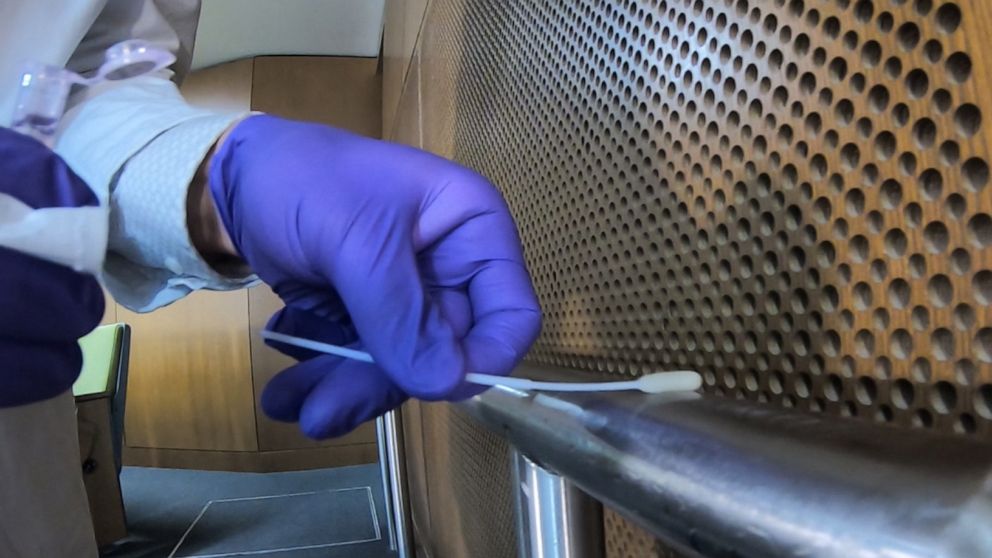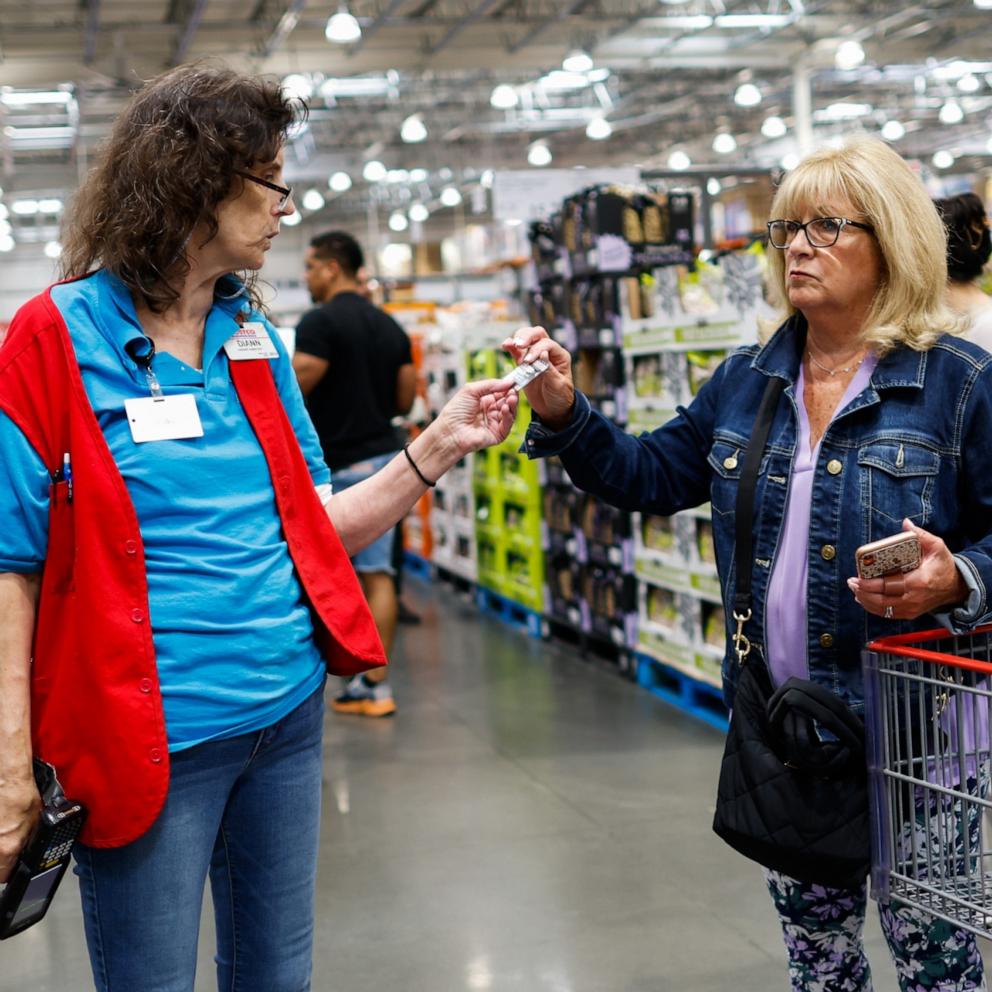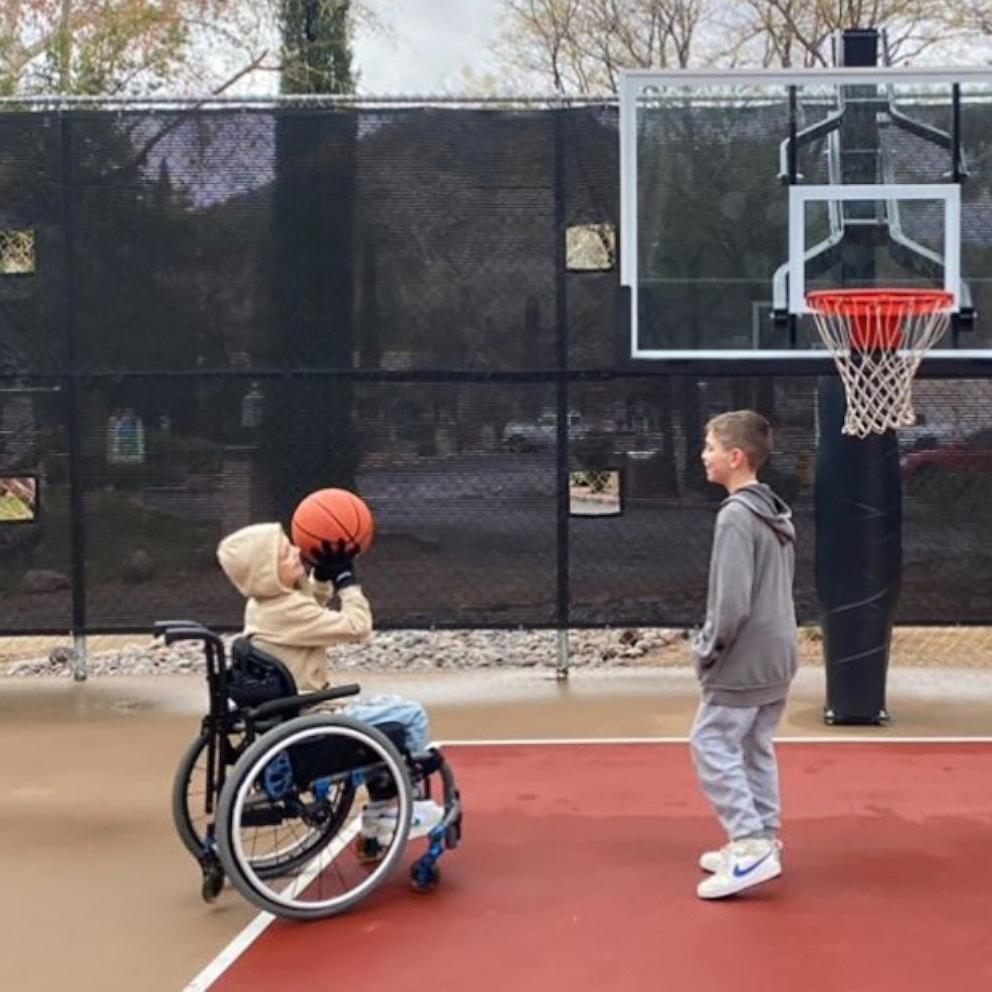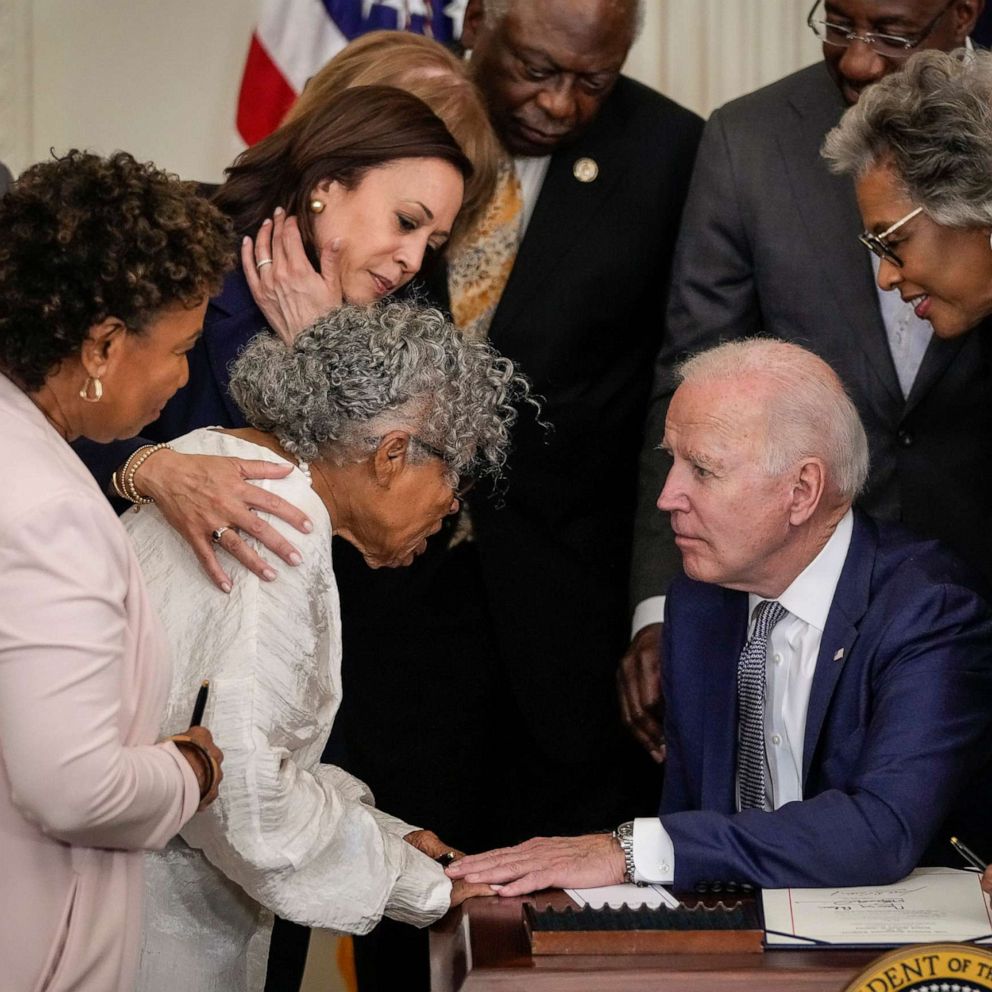Testing buildings may become added weapon in coronavirus reopenings
As students and office workers prepare to return to campus or their office buildings, it may not come down to a nasal swab or blood test. Instead, new technology shows the standard for reopening may be about testing buildings and not just people.
The technology, developed and tested at the University of Oregon, may provide new armor in the battle against coronavirus.
"We can't test every person every day, but we can test every building every day. In addition, buildings are being tested and results arrive in 24 hours and can help guide actions the next day or building operations, controls or contact tracing," Kevin Van Den Wymelenberg, director at the University of Oregon's Institute for the Health and the Built Environment, told ABC News.
By testing air ducts, air particles and surfaces, researchers believe they can identify places where there has been exposure and if the building puts the public at risk.
"We are looking for all of the air from the whole room that's being brought back and sucked into these return air grills -- almost like a vacuum cleaner sucks air along with dust," Van Den Wymelenberg said.
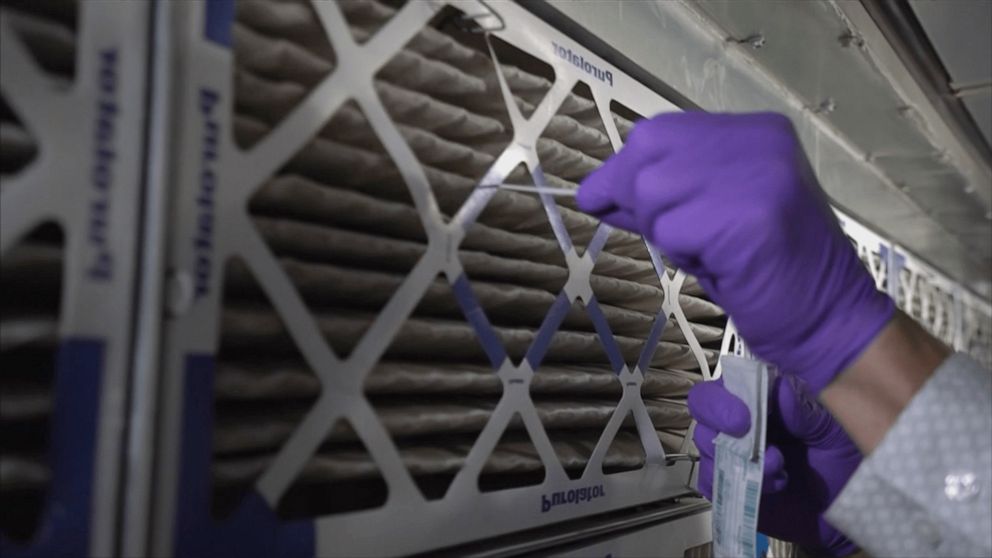
Researchers say if the virus is detected in a building there are various mitigating factors that can be used to limit the spread, like increasing filtration, disinfecting surfaces or targeted human testing.
"I believe buildings are really the engine of our economy and that testing buildings is the key to turn the engine back on," Van Den Wymelenberg added. "We can take that knowledge from the tests in these buildings and help guide mitigation strategies and if need be even quarantine the building again for a short period of time to do deep cleaning and then reopen the building."
While it's still unclear if the virus can be airborne, the World Health Organization and Centers for Disease Control and Prevention have said that it is possible.
Benedetta Allegranzi, the WHO's technical lead for infection prevention and control, said that airborne transmission of the coronavirus in "crowded, closed, poorly ventilated settings that have been described, cannot be ruled out."
The CDC advises similarly for whether the virus can be transmitted on surfaces, even though transmission has not been documented.
"Transmission of coronavirus occurs much more commonly through respiratory droplets than through objects and surfaces, like doorknobs, countertops, keyboards, toys, etc.," the CDC advises. But it adds, "Current evidence suggests that SARS-CoV-2 may remain viable for hours to days on surfaces made from a variety of materials."
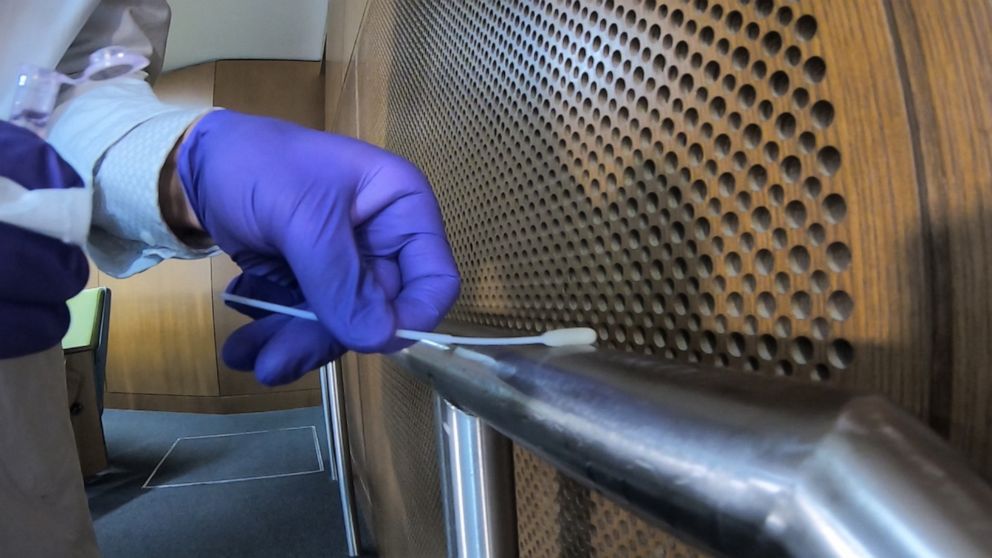
Experts think the technology could also help keeping people at senior living facilities safe and mitigate outbreaks.
Enviral Tech, a biotechnology company, found the virus on three surfaces inside a Springs Living facility in Lake Oswego, Oregon. One of those contaminated surfaces was an employee time clock -- which told the facility they had an employee likely infected with COVID.
"It was a great detective story and offered us five days advance warning before any of the employees that tested positive actually showed symptoms," said Brenda Connelly, a nurse and the chief operating officer at The Springs Living.
"So imagine if we wouldn't have done this surface testing, those ... employees that did test positive would have continued to care for our community's work with the staff members and potentially spread it to other people in the community. In this situation, we strongly believe that early detection through surface testing saved lives," Connelly told ABC News.
One expert said he was encouraged by the results, but suggested there was more planning to consider about reliability, cost and practicality related to the technology.
"I think every step we take that contributes to what we call a 'multiple-barrier approach' to disease prevention is excellent," said Dr. Jim Malley, a professor of civil and environmental engineering at the University of New Hampshire specializing in disinfection.
"I am very worried about a lot of false positives," Malley said. "If we were able to come up with a cost-effective system, I view it as yet another good barrier in preventing disease transmission. So, for example, if we were to open up a library or university lecture hall and have reliable testing that we knew wasn't giving us a lot of false positives, then we could take strategic action to deal with results that show we have a high density of positive results."
Different facilities and a different amount of tests a facility wants to perform will affect the costs. Enviral Tech told ABC News that the cost could generally be a few hundred dollars a week for eight different surfaces at a time. For human testing, results come back in 48 to 72 hours. With surface testing, results are back in 24 hours.
"Now does that tell us exactly who has the virus? No, it doesn't. But it does tell us we have a problem and we need to investigate deeper where we may not have done any further human testing at that point had we not completed the surface testing," Connelly told ABC News.
Van Den Wymelenberg said school districts have already inquired about the technology and whether it could help bring kids back to school safely and keep them there.
Malley remains bullish on the technology, but emphasized the need to amplify the things that have already been proven effective.
"I think the concept of using modern testing for COVID-19 infectious virus in buildings is a good hypothesis," he said. "I think it's worth trying. It could be a very valuable tool in the toolbox. However, my biggest concern would be we don't want it to replace [other precautions]. We don't want it to give a false sense of security that would lead folks to think they don't have to wear masks or social distance or do proper hygiene with soap and water and hand sanitizer."
